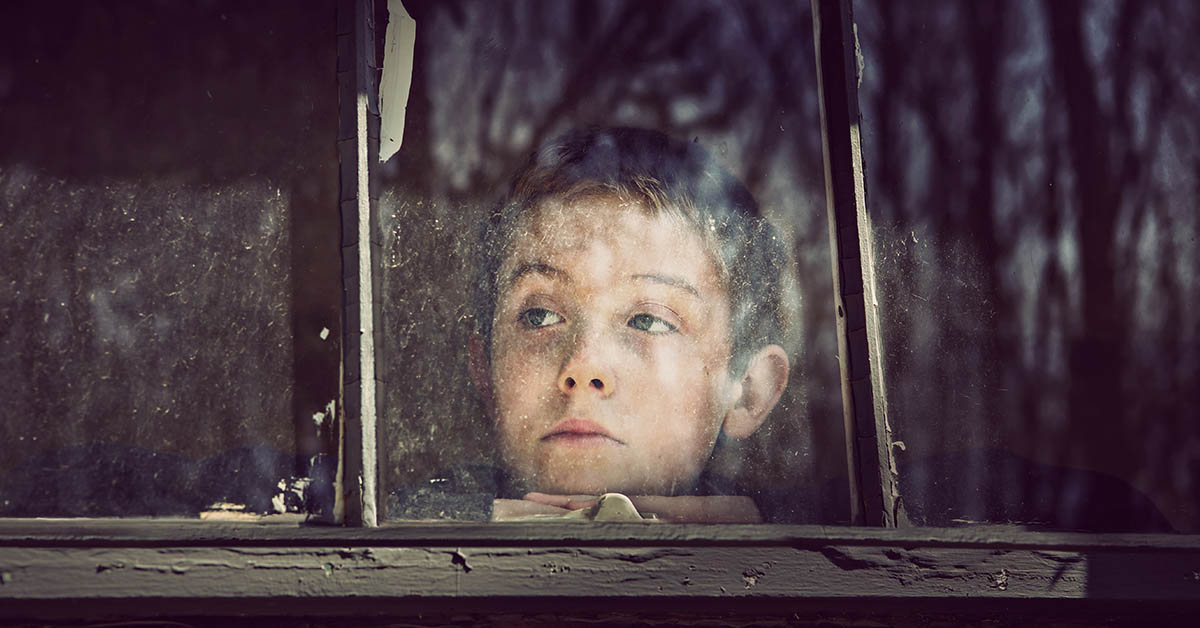Dementia doesn’t exclusively affect seniors. It can also occur in children. Childhood dementia comes as a result of rare genetic conditions, and its symptoms are as devastating as the more commonly known class of dementia. They include loss of memory, confusion, and trouble communicating. The disorder also worsens as time goes on.
What Causes Childhood Dementia?
There’s a broad spectrum of childhood dementia, and it often comes as a result of a mutation in the children’s DNA. These mutations can cause a variety of rare genetic conditions that can result in the symptoms of dementia. For example, a common cause is “inborn errors of metabolism” that makes the body unable to process nutrients, which makes nerve pathways fail. This results in a cognitive decline.
Read More: This Surprising Symptom Can Predict Dementia Up to 12 Years in Advance, Study Says
Causes and Underlying Conditions
Aside from inborn errors of metabolism, other disorders that could cause classes of childhood dementia include:
- Lysosomal disorders
- Mitochondrial disorders
- Mucopolysaccharidoses
- Peroxisomal disease
- Neurodegeneration with brain iron accumulation (NBIA)
- Leukodystrophy
Unfortunately, there are about 100 more rare genetic disorders in this category. In fact, according to the Childhood Dementia Initiative, 1 in every 2,900 babies are born with one of these conditions. Children are diagnosed after a series of biochemical or genetic testing to uncover what underlying condition is causing the dementia.
Read More: 7 Signs That Death May Be Near in Someone With Dementia
Signs and Symptoms
Although childhood dementia doesn’t share a cause with the more well-known class of dementia, they share symptoms. (For reference, Alzheimer’s disease, a common version of “adult dementia,” is caused by a buildup of proteins around brain cells.) At first, the children seem to develop normally until they begin to lose this progress and become incapable of skills they previously had, such as walking, talking, logical reasoning, and memory.
They can also have drastic behavioral changes like increases in aggression and hyperactivity. Other symptoms can include seizures, and difficulties with sleep, vision, and hearing.
Diagnosis and Treatment
As of now, there is no cure for dementia or a treatment that could slow the cognitive decline. Therefore, the focus becomes managing the symptoms. For instance, doctors may prescribe anti-seizure medication, sleep aids, muscle relaxants, and antidepressants that can help with behavioral changes. Children typically need additional care, especially as the disease progresses. They may require physical therapy, occupational therapy, and speech therapy along with talk therapy for their mental well-being.
Prognosis and Future Research
Tragically, half of babies and children diagnosed with childhood dementia will pass away before age ten, and most will not see their 18th birthday. The younger the child is when diagnosed, the worse is their prognosis. Childhood dementia causes deaths every year, an estimated 91 in Australia, 204 in the UK, and 1,077 in the USA.
As of now, there is very little research on this class of dementia, but future studies hope to develop proper treatment. Additionally, researchers hope to raise awareness about the condition and build support networks for families affected by it.
Read More: New Study: Blood Test Can Predict Dementia 10 Years Before Official Diagnosis
Sources
- “The collective burden of childhood dementia: a scoping review.” Oxford Academic. Kristina L. Elvidge. November 2023
- “What is childhood dementia?” Childhood Dementia Initiative.
- “What Is Childhood Dementia?” Very Well Health. Carrie Madormo, RN, MPH. January 30, 2023
- “There’s a Whole Other Class of Dementia We Know Shockingly Little About.” Science Alert. Kim Hemsley, ET AL. April 30, 2024

